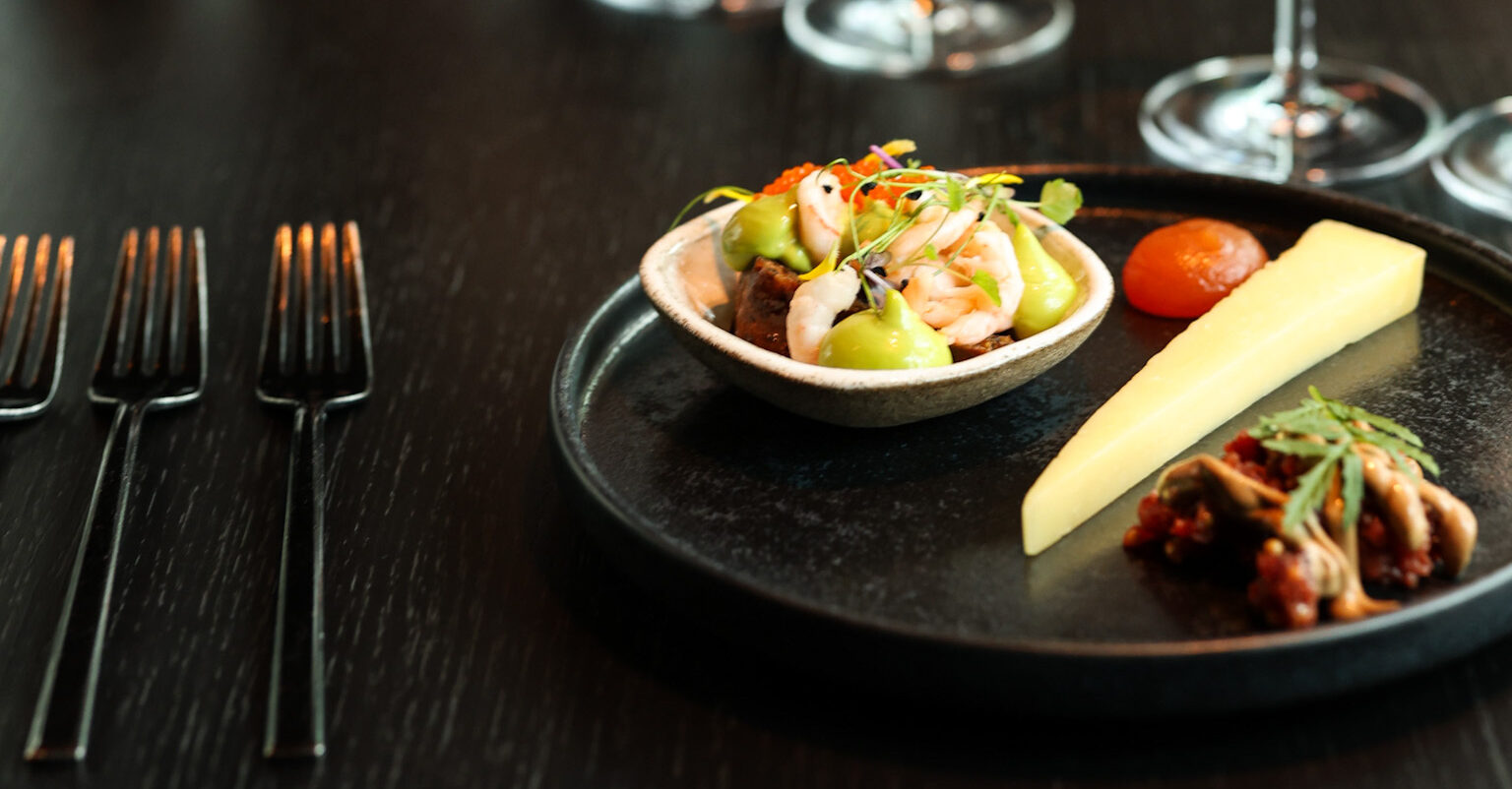Wooden Pickle Brewing: Bonden Behövs, Farmhouse Ale
 One of the few beers I’ve tried to clone is Brooklyn Brewery’s Sorachi Ace. And by clone I mean brew something similar, as I’ve never followed the exact recipe given by Brooklyn Brewery’s Brewmaster Garrett Oliver. My goal has been more to achieve the same yeast/fermentation character than to actually clone the beer. The main challenge here is the fact that Brooklyn Brewery has its own Belgian “house” strain that isn’t commercially available.
One of the few beers I’ve tried to clone is Brooklyn Brewery’s Sorachi Ace. And by clone I mean brew something similar, as I’ve never followed the exact recipe given by Brooklyn Brewery’s Brewmaster Garrett Oliver. My goal has been more to achieve the same yeast/fermentation character than to actually clone the beer. The main challenge here is the fact that Brooklyn Brewery has its own Belgian “house” strain that isn’t commercially available.
Garrett suggested using the Chimay strain (WLP500) in a recipe he gave to BYO Magazine, but I ran into him at a beer festival recently and allegedly their strain is a descendant of the Ardennes strain. Brooklyn Brewery got their strain from another brewery not in business anymore. Anyway, after some discussion Garrett suggested I pay more attention to getting the right level of attenuation instead of focusing solely on the yeast strain. He suggested mashing at 63—°C, or even lower to get the final gravity down to at least 1.006.
Garrett was really helpful and despite being in a bit of a hurry for a presentation, and me being clearly hammered by this time, he made sure I got all my questions answered before leaving. Me being hammered was actually mostly his fault because I had an hour earlier taken part in a tasting of Brooklyn’s “ghost bottles” he hosted. The way the tasting worked was that you had six glasses in front of you, six different beers were passed around and you poured your own beer. Now this might sound normal for some of you, but it doesn’t work in Finland. People were pouring half-pint sized pours of rare 10% ABV beers into their glasses. Despite giving my best effort not to overdo it, I failed. I don’t regret a thing though as the beers and the whole experience were absolutely amazing.
Bonden Behövs
Back to the beer. Instead of trying to get the same exact yeast character as Brooklyn’s Sorachi Ace, I decided to take a completely different spin on it and use a yeast blend I harvested from a previous batch, which had fermented with a blend of WLP500 Monastery Ale, and WLP670 American Farmhouse Blend.
I could already tell when making the starter that this batch was going to be special; A starter had never smelled this good before. Once primary fermentation slowed down to the point where there was no airlock activity I transferred the beer to two separate 2.5 gallon kegs. One I kept at room temperature and the other I chilled down and started force carbonating. The gravity at this point was down from the original 1.070 to 1.014.
The beer was not quite right yet at this point. The first few sips where OK, but I had trouble finishing my pints. This should be a dry and crisp beer, and there was simply too much residual sugar left.
A month and a half later I switched the kegs, i.e. moved the one that had been sitting at room temp to my fridge and vice versa. The Farmhouse Blend contains Brettanomyces, meaning that it will continue to consume sugars for a long time if left at room temperature. By this time the one kept at room temp had already carbonated itself naturally to 20 PSI, meaning that all I had to do was cool it down and the beer was ready to be tasted the next day.
For the first time I was truly happy with how a beer turned out! I’m not saying it’s the best beer I’ve brewed, but it’s the first time a beer turned out as planned. It has the same aroma and flavor as I remembered from the yeast starter; Belgian yeast with a subtle Brett character, combined with a shit load of Sorachi Ace. Whether or not other people will like the beer I don’t know, but I will find out soon enough as I entered it into a competition last week.
Update: 27.1.2018: It did not do all that well in the competition. Basically the judges felt it had too much of everything; too much Brett, too much Sorachi Ace, etc. When drinking it now I agree, especially about the too much Brett part. This has to mean that either the Brett character has intensified since I first tried it, or I am just that easily manipulated into agreeing with everyone else. Hoping for the former, assuming the latter.
The recipe for a 5-gallon batch:
- 5.5 kg Pilsner Malt
- 1 kg Wheat Malt
- 100 g Sorachi Ace @ flameout (14.1% AA)
- 100 g Sorachi Ace dry hop
- Blend of: WLP500 and WLP670
- OG 1.070
- FG < 1.014
—
—









